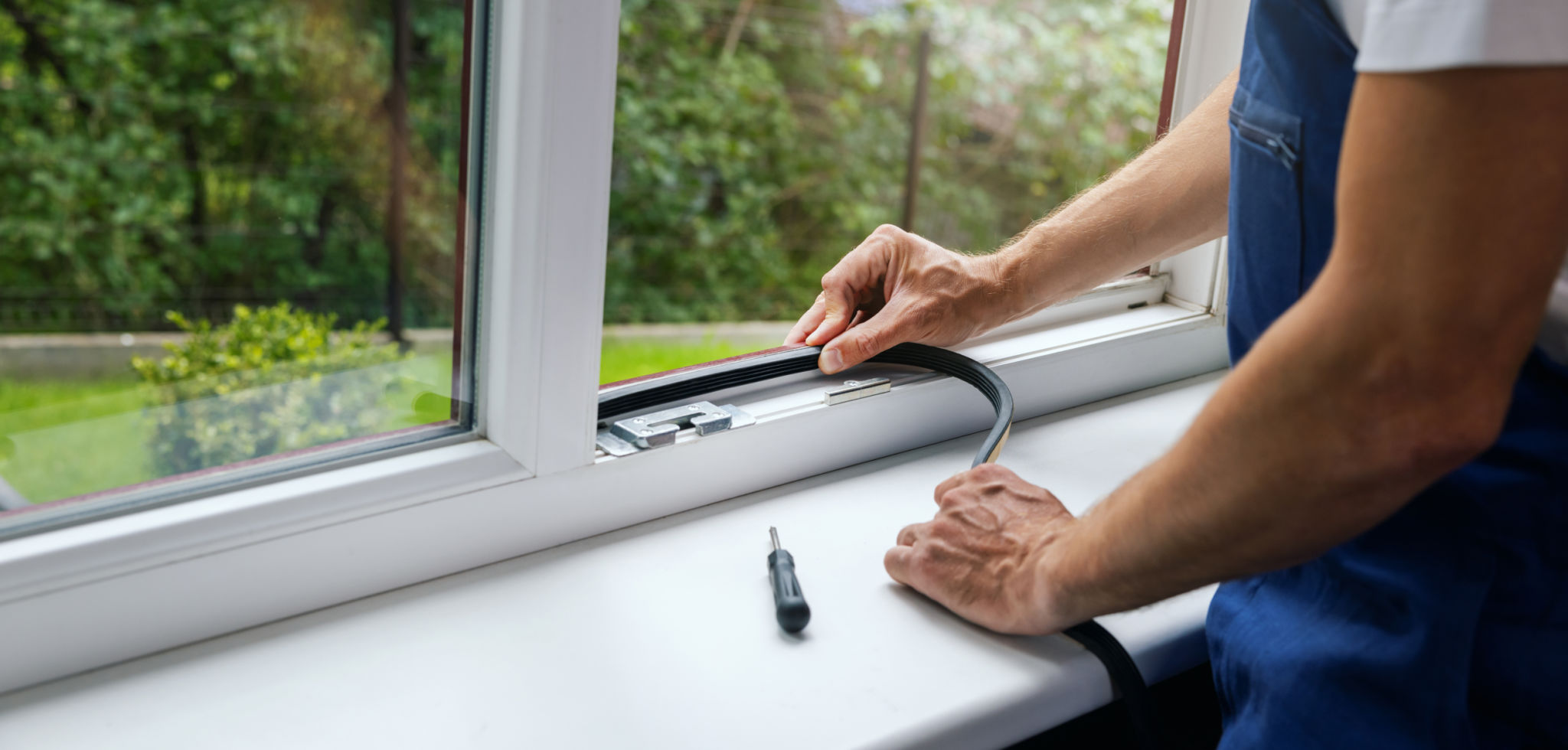Common Home Repair Myths Debunked by Georgetown Handyman
MS
Introduction to Home Repair Myths
Home repair projects can often seem daunting, especially when you're bombarded with conflicting advice. Over the years, many myths have emerged around DIY home repairs, leading homeowners to make costly mistakes. Today, Georgetown Handyman is here to set the record straight and debunk some of these common myths.

Myth 1: Duct Tape Fixes Everything
Duct tape is often touted as the universal fix-it tool, but relying on it for permanent repairs can be a mistake. While it’s true that duct tape can offer a temporary solution for minor leaks or cracks, it’s not a substitute for proper repairs. Over time, duct tape can deteriorate, especially in extreme temperatures or when exposed to moisture.
Solution: Use duct tape only as a temporary fix until you can apply a more durable solution. For example, use plumbing tape for leaky pipes or proper sealants for cracks to ensure long-lasting results.
Myth 2: More Insulation Means Better Energy Efficiency
Insulation plays a crucial role in maintaining your home's temperature, but more isn't always better. Simply adding more insulation without considering ventilation can lead to problems like mold growth and poor air quality.
The key is balance: Ensure that your home has adequate ventilation to allow for proper air circulation. Consider consulting with an energy efficiency expert to determine the optimal amount of insulation needed for your specific home.

Myth 3: Small Cracks Don’t Need Attention
It’s easy to overlook small cracks in walls or ceilings, assuming they are merely cosmetic. However, small cracks can sometimes indicate larger structural issues that need to be addressed promptly.
Don’t ignore the signs: Regularly inspect your home for any signs of cracking. If you notice changes in the size or number of cracks, it may be time to consult with a professional to assess any potential underlying issues.
Myth 4: DIY is Always Cheaper
While do-it-yourself projects can be cost-effective, they aren’t always cheaper in the long run. Without proper knowledge and tools, you might end up causing more damage or needing to hire a professional to fix mistakes, which can increase overall costs.
Know your limits: Before starting any DIY project, evaluate whether you have the necessary skills and tools. For complex repairs, it might be more economical to hire a professional from the start.

Myth 5: All Paint is Created Equal
Choosing paint for your home involves more than just picking a color. Many believe that all paint is essentially the same, but different types are formulated for specific surfaces and conditions.
Select wisely: Use exterior paint for outdoor projects and interior paint for indoor walls. Also, consider factors like finish and sheen for the best results. Consulting with a paint expert can help you make the right choice for your project.
Conclusion
Understanding the truth behind these common home repair myths can save you time, money, and frustration. By debunking these misconceptions, Georgetown Handyman hopes to empower homeowners with the knowledge they need to make informed decisions about their home repairs. Remember, when in doubt, it's always wise to consult with a professional.